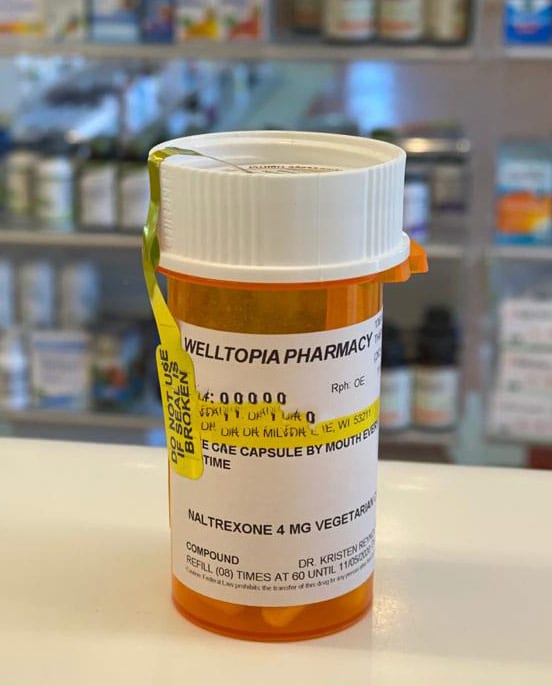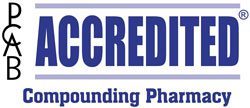Neurological disorders consistently present a significant challenge to the scientific community, with the primary task being the development of effective medications capable of permeating the blood-brain barrier, providing rapid results, and eliciting minimal side effects. Indeed, these criteria pose a substantial challenge to the development of any pharmaceutical solution.
The focus of our discourse is a medication that originated in the past but has sustained relevance in the contemporary medical landscape, largely due to its potential in addressing this issue. This is none other than Methylene Blue, the first fully synthetic drug utilized in medicine.
This remarkable compound, Methylene Blue, initially introduced in 1876 merely as a dye, has evolved into a promising therapeutic agent, with potential applications even extending to the treatment of Autism.
What is Autism?
The most beautiful thing said about Autism is “Autism is not a disability, it is a different ability”.
Autism spectrum disorder(ASD) is a complex neurodevelopmental syndrome caused by differences in the brain, it affects about 1 of 59 US children.
About 5% of children with Autism have been found to have mitochondrial disease and 30%-50% of them have biomarkers of mitochondrial abnormality.
The gastrointestinal tract of an autistic patient, lymphocytes, granulocytes, and post -mortem cerebrum tissue, all are found with mitochondrial dysfunction.
The functional role of Methylene Blue centers on its interaction with the mitochondria, where it contributes to enhancing their operational efficiency.

Beyond mitochondrial abnormalities, another potential environmental origin of Autism has been identified. Research published in the American Journal of Psychiatry suggests that the presence of specific toxins, such as DDT, in maternal blood can be associated with an increased risk of Autism in offspring.
Interestingly, Methylene Blue may exert influence on both aspects. It has demonstrated a critical role in addressing mitochondrial disease and facilitating the removal of heavy metals, such as carbon monoxide. Moreover, it may offer potential benefits in cases of DDT poisoning. However, it’s important to note that Methylene Blue is contraindicated during pregnancy due to potential risks to the fetus.
How does Methylene Blue contribute to the treatment of Autism?
The primary therapeutic value of Methylene Blue stems from its beneficial impact on the mitochondria, colloquially termed the ‘powerhouse of the cell.’ It exerts its influence on the mitochondria through a unique and intriguing mechanism.
Understanding Methylene Blue's Influence on Autism
Delving into the mechanism of Methylene Blue necessitates an initial comprehension of the intricacies of mitochondria, complex organelles ubiquitously present within the cellular framework. These organelles serve as the cell’s powerhouse, spearheading the production of ATP (Adenosine Triphosphate), the cell’s primary energy source. Moreover, they are instrumental in various other biological functions, encompassing calcium recycling, redox signaling, and initiating cell death pathways.
Mitochondrial functionality hinges upon three critical stages: Glycolysis, the Krebs Cycle, and Electron Transport Chain (ETC), which collectively facilitate ATP production. However, should these mitochondrial operations falter, ATP production ceases, triggering a loss of cellular homeostasis and eventual cell death. Thus, addressing mitochondrial dysfunction has emerged as a successful strategy in Autism intervention.
Methylene Blue exhibits autoxidizable characteristics, transitioning between its oxidized state (Blue MB) and reduced state (LeucoMB) through an oxidation-reduction process. This action results in the release and consumption of hydrogen and oxygen electrons, vital elements for the mitochondria’s functional repertoire, including ATP production, nitric oxide generation, and oxidative phosphorylation.
By mitigating oxidative stress and potentially enhancing mitochondrial function, Methylene Blue plays a pivotal role in rectifying mitochondrial dysfunction. Furthermore, it elevates nitric oxide production, promoting vasodilation and augmenting blood flow to tissues

Recent studies have drawn connections between mitochondrial dysfunction and Autism, highlighting the importance of Methylene Blue in potential Autism treatment. The detailed examination of these studies involved an exhaustive systematic review prioritizing the collection of pertinent publications.
Autism, given its multidimensional nature, implicates various organs and presents diverse symptoms, thereby positioning mitochondria at the center of attention, considering their involvement in multiple cellular processes, including metabolism and energy production.
Among the multiple studies underscoring Methylene Blue’s potential in Autism treatment, one revealed how reducing NAD appeared to ameliorate metabolic biomarkers in children with ASD. Other findings highlighted elevated lactate levels in Autism patients, indicative of mitochondrial dysfunction, and abnormalities in Complex IV activity, both of which Methylene Blue’s oxidation-reduction mechanism could potentially rectify.
Despite the promising findings, considerations must be made for the utilization of Methylene Blue, including potential drug interactions and contraindications such as severe renal insufficiency, G6PD deficiency, and pregnancy, among others.
Given the importance of precise dosing, the administration of Methylene Blue in compounded capsule form is preferred. Capsules offer several advantages including accurate dosage, convenience, reduced side effects, improved drug stability, and potentially controlled release for prolonged action.
In conclusion, Methylene Blue, the first fully synthetic drug used in medicine, displays significant therapeutic potential in addressing neural disorders like Autism, thanks to its ability to permeate the blood-brain barrier. Targeting mitochondrial dysfunctions shows promise in alleviating Autism symptoms such as repetitive behaviors, communication difficulties, gastrointestinal problems, seizures, and cognitive difficulties.
Lastly, the adoption of evidence-based approaches and consultations is fundamental in ensuring effective patient treatments, improving the quality of life, and promoting favorable clinical outcomes. Such approaches also facilitate prescribing patterns and make it more effective to review them with a healthcare professional.

Contact Welltopia pharmacy today and get your online consultation and check if and how to select a compounding formula tailored for you according to evidence-based approaches.
References:
- Maternal DDT metabolite levels associated with Autism in the offspring
- Mitochondrial dysfunction: A hidden trigger of autism?
- Clinical and Molecular Characteristics of Mitochondrial Dysfunction in Autism Spectrum Disorder
- The Importance and Impact of Evidence-Based Medicine (SoNYAAONYAA J. LEWIS, RPh, MBA, and BURTON I. ORLAND, BS, RPh)











